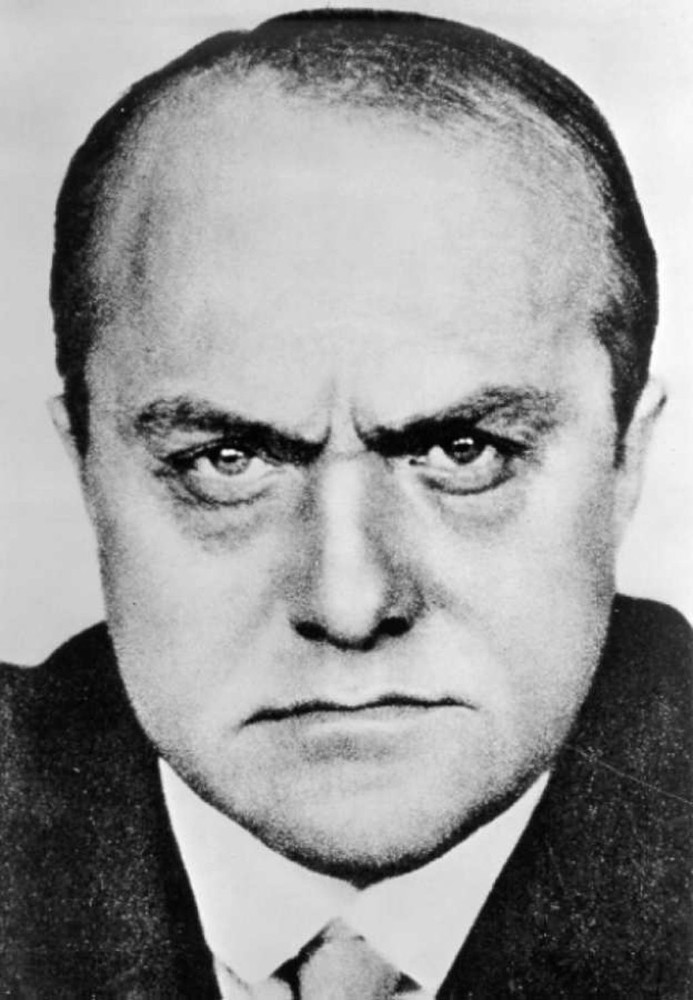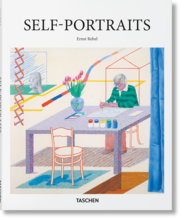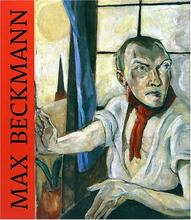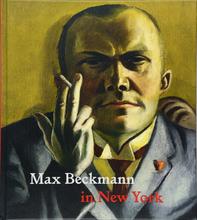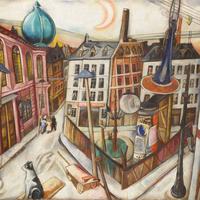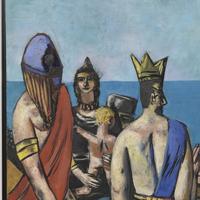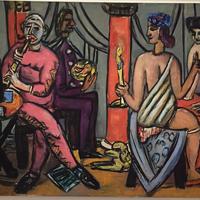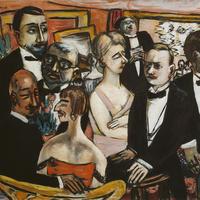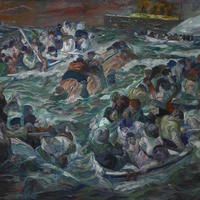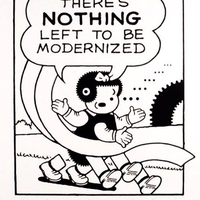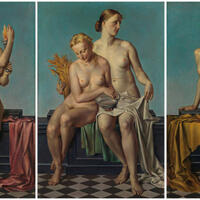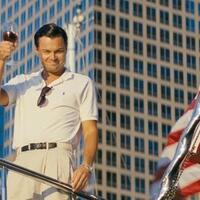More about Max Beckmann
- All
- Info
- Shop
Works by Max Beckmann

Contributor
Max Beckmann was born at just the wrong time.
He had to fight in the first World War and was ridiculed and exiled as a “degenerate” artist in the second. Timing was really not his strong suit! Born in Germany in 1884, little Max had a relatively peaceful adolescence, with the exception of his father dying when he was ten and the mishap when he ran away from his boarding school run by a Protestant minister. Also, his mother wasn’t psyched about the idea of her son as an artist but that is common ground for many creative types. He ignored her and applied to art school anyway.
And then World War I happened and Beckmann volunteered as a medical orderly. He was sent directly to the frontline where he suffered a nervous breakdown and was discharged. His experiences at the front completely transformed the style of his work. All it took was a little psychological torture and “injuries of the soul” as he put it to give us the Beckmann we know and love today.
Though he was married twice, Beckmann’s true love was always painting. He wrote to his wife, Minna, from the front, “Oh, I wish that I could paint again. Paint is an instrument without which I cannot survive for any length of time. Whenever I even think of gray, green and white, I am overcome with quivers of lust. Then I wish that this war would end and that I might paint again.” I’m sure Minna was stoked to hear that her husband was overcome with lust at the thought of colors after so much time apart, but hey, who are we to judge.
When WWII rolled around, Beckmann moved to Amsterdam and then eventually New York with his second wife, Quappi. The Americans went nuts over his work and he was exhibited widely. However, his time was cut short. Beckmann suffered a fatal heart attack shortly after he arrived in New York. He was on his way to see one of his own paintings hanging at the Met.
Sources
- Kramer, Hilton. “REDISCOVERING THE ART OF MAX BECKMANN.” Magazine (The New York Times), August 19, 1984.
- Lackner, Stephan. “Max Beckmann,” Bonfini Press Corporation, Naefels, Switzerland, 1983, p. 14
Featured Content
Here is what Wikipedia says about Max Beckmann
Max Carl Friedrich Beckmann (February 12, 1884 – December 27, 1950) was a German painter, draftsman, printmaker, sculptor, and writer. Although he is classified as an Expressionist artist, he rejected both the term and the movement. In the 1920s, he was associated with the New Objectivity (Neue Sachlichkeit), an outgrowth of Expressionism that opposed its introverted emotionalism. Even when dealing with light subject matter like circus performers, Beckmann often had an undercurrent of moodiness or unease in his works. By the 1930s, his work became more explicit in its horrifying imagery and distorted forms with combination of brutal realism and social criticism, coinciding with the rise of nazism in Germany.
Check out the full Wikipedia article about Max Beckmann

